Shipping containers are widely used in the transportation of goods and materials across the globe. They are available in different sizes and configurations, which can make it challenging to determine the right size for your needs. Choosing the wrong size can lead to significant problems, such as damage to your cargo, additional shipping costs, and delays. In this blog, we will explore how to choose the right size shipping container for your requirements.
1. Know Your Cargo
The first step in selecting the right size shipping container is to understand the type and volume of cargo you need to transport. The container you choose should have enough space to accommodate your load without being too small or too big. If your contents are bulky or heavy, you may need a larger container than if it were small and lightweight.
2. Consider the Standard Sizes
Shipping containers come in standard sizes, which include 10ft, 20ft, and 40ft. The most common sizes are the 20ft shipping containers and 40ft shipping containers. The 20ft container can hold up to 33 cubic metres of cargo, while the 40ft container can hold up to 67 cubic metres. If your contents are smaller, you may want to consider a 10ft shipping container.
3. Understand the Container Dimensions
It is essential to understand the dimensions of the shipping container you need. This will help you determine the internal volume of the container and how much it can hold. The dimensions of a standard 20ft container are 20ft long, 8ft wide, and 8.5ft tall. The dimensions of a standard 40ft container are 40ft long, 8ft wide, and 8.5ft tall.
4. Consider the Type of Container
There are different types of shipping containers, including dry containers, refrigerated containers, open-top containers, and flat rack containers. Dry containers are the most common and can be used to transport a variety of goods. Refrigerated containers are used to transport temperature-sensitive goods, while open-top containers are used to transport oversized equipment. Flat rack containers are used to transport heavy machinery and equipment.
5. Evaluate the Shipping Route and Mode of Transport
The shipping route and mode of transport can also influence the size of the shipping container you choose. For example, if you are shipping by sea, you may want to consider the height of the container to ensure it can fit under bridges and through tunnels. If you are shipping by truck or rail, you may want to consider the weight of the container to ensure it meets the weight restrictions.
In conclusion, choosing the right size shipping container for your needs requires careful consideration of the cargo, container dimensions, type of container, shipping route, and mode of transport. By following these tips, you can select the appropriate container size that will ensure your load arrives safely and on time.
Need our help?
Talk to us about your container project today...
You may also be interested in...
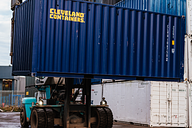
What 'One Trip' Shipping Container Means
Calling One Trips ‘new’ gives the impression that containers will be in a pristine condition, however units are subjected to wear and tear during transport.
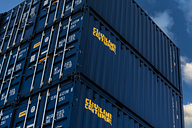
How Much Does A 20ft Shipping Container Cost?
If you're looking for extra storage space, a 20ft shipping container can be an excellent option. But how much does a 20ft shipping container cost in the UK?

Farm Diversification: Self Storage
Farm diversification is an important strategy for farmers looking to generate additional income and make the most of their land.


.png)
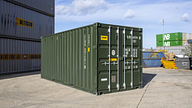
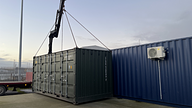
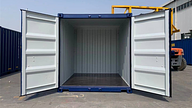


0 Comment
Please leave a comment using the form below